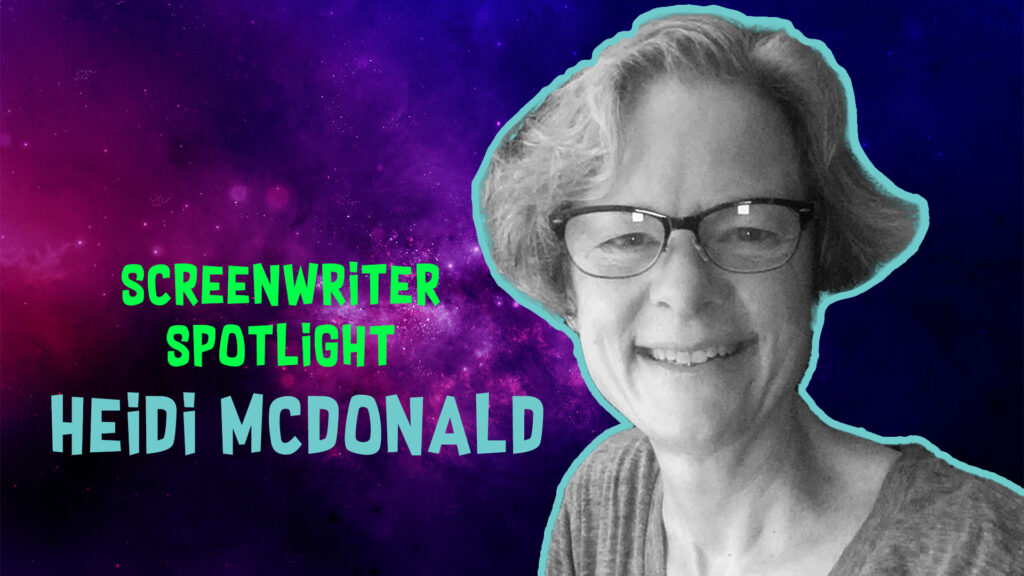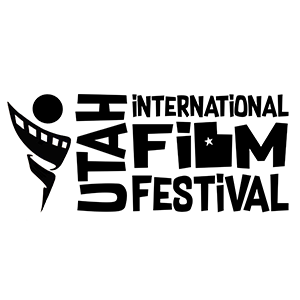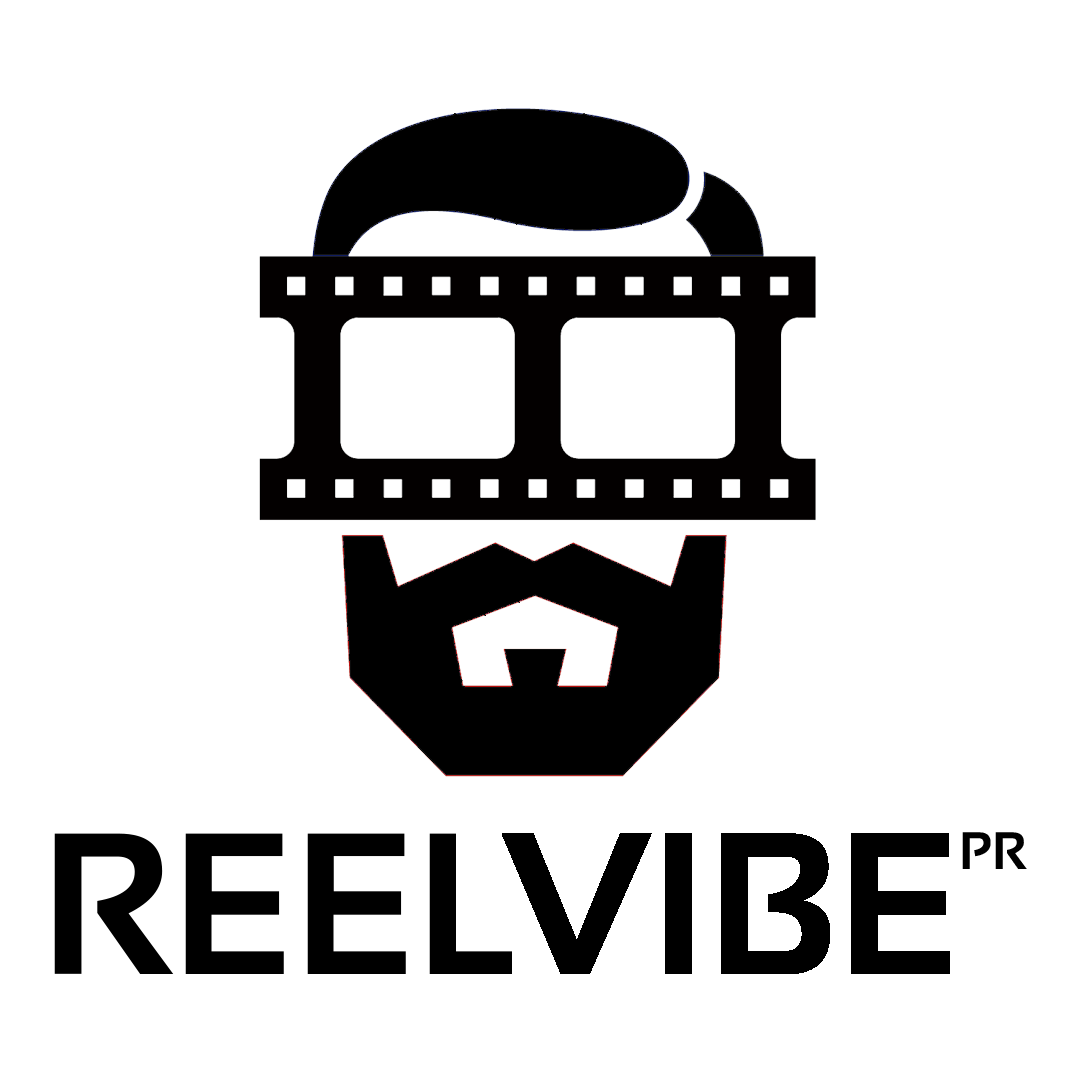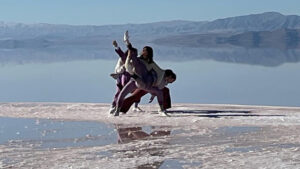“The Alchemy Effect” and The Chemistry of Unluckiest Heroes and Villains

The most important part of a film is the story yet the individual with that seems to shy away from the spotlight the most is the screenwriter. I reached out to UIFF alumni and screenplay winner about her latest tale “The Alchemy Effect.”
In an exclusive interview with “The Alchemy Effect” screenwriter Heidi McDonald, she shares the origins, world-building challenges, and character evolution that shaped her screenplay. The story is a blend of humor, action, and alchemy as it explores the collision of the world’s unluckiest CIA agent and supervillain.
Heidi McDonald recalls the inception of her offbeat idea, inspired by the likes of “Johnny English” and “Run Lola Run.” A chance musical encounter with the soundtrack of “Run Lola Run” sparked an image of a skilled female spy encountering comedic misfortune mid-action. As the concept developed over the years, it transformed into a question.
“What if someone has these crazy, mad skills — but the worst imaginable luck? That then evolved into the question: what if you had two of those people? One the “hero,” and one the “villain,” and they come up against each other? Of course, a gimicky premise is never quite satisfying by itself. So over the years, as the idea kind of surfaced every now and again, like a bubble in overcooked split-pea soup, it would develop a little more. In the final script, the answer to that question of what would happen when these two meet, is…alchemy. Something that fundamentally transforms these lead-like opposites into something like pure gold” said McDonald.
McDonald delved into the extensive process of world-building for “The Alchemy Effect.” Stepping outside conventional rules, she emphasizes the importance of creating a consistent and thematically sound framework for the story’s unique elements.
“In a story like this, where I’m stepping outside of the normal rules for how the world actually works, it is quite the process. I’m creating a funky magic thing that doesn’t exist, so I have to create it from scratch. I think it’s imperative that the rules governing this funky thing have to be internally consistent, and they have to make sense thematically. It’s super hard to do, and writers (including me) rarely do it super well, and almost never perfectly. Me, I was aiming for “mostly makes sense,” though I would have settled for “not horribly distracting.” I think I hit that mark.”
Drawing inspiration from J.R.R. Tolkien, McDonald highlights the challenge of balancing descriptive elements while ensuring they align with the established rules of the fictional world.
“His world is so perfect that it has spawned an entirely new space of fictional reality that is taken as a given in media of all kinds, and most people now don’t even know that it was invented by a single person, much less who that person was. Who else has done that? No one.”
“I think the biggest obstacle to creating a really consistent world, is getting too invested in any particular moment. No matter how funny or cool it is, if it doesn’t fit the rules, it has to go. Or, you have to throw out the rules and start all over again to create a new set of rules that allow that ultra-cool moment that you just can’t let go of because you will never again think of anything that funny or cool in your entire life.”
The protagonist, Nan, initially envisioned as bitter and snarky, underwent a significant transformation in response to McDonald’s realization that he needed to be more relatable and likable. The character’s humor, resignation, and kindness were emphasized to distinguish him from the sarcastic and snarky antagonist, Sheila.
“But then I found out that I really didn’t like him very much and didn’t want to be around him for as much time as I would have to be, in order to finish the screenplay. Also, I found that he was too much like the antagonist, Sheila, who is very sarcastic and snarky, and much more like me. Nan needed to be more humorous, more resigned to his fate, and generally kinder and more likeable. So, the opposite of Sheila. Yeah, the opposite.”
“The character’s humor, resignation, and kindness were emphasized to distinguish him from the sarcastic and snarky antagonist, Sheila.”
McDonald addresses the fascination with villains, emphasizing the need to avoid oversimplifying the “good.”
“The villain is often given the luxury of being chaotic and unpredictable, where the hero is all too predictable. It is much easier to show someone doing heinous things in chaotic, edge-pushing, and unpredictable ways, than it is to show someone doing good in creative, mind-expanding, and unexpected ways.”
She explores the concept of true antagonists as forces that compel protagonists to adapt or perish, stressing the importance of exploiting the protagonist’s weaknesses for a compelling narrative.
“A protagonist without a weakness is generally boring and unrelatable. The protagonist either has to overcome that weakness and live — or fail, and die. Both things happen in life. This is reality. But what I hope for in art is to reach into the hyper-real. The place where reality moves into glorious 4-D technicolor. Meaning, stuff is exaggerated and accentuated. Hopefully entertainingly. And enlighteningly.”
The most successful characters, according to McDonald, are those inspired by real people. She views real-life individuals as endless sources of revelation, constantly challenging preconceived notions of good and bad. McDonald believes fictional characters should mirror this complexity, ensuring they are as nuanced and unpredictable as real people.
“It can be really challenging to create the effect of revelation and meaningful connection between the audience and a character, in the short span of a feature-length film. Personally, I think that’s why sequels are kind of a go-to. You’re building on a character-audience relationship that already exists, which is much easier than creating one from scratch. I also believe that’s why remakes can be a problem. In a film, the character is a collaboration between the writer, director, and actor (at least!). The audience has created a relationship with that specific manifestation of the character. When you try to remake a film, in a certain sense, you are tampering with an existing relationship, not building on it. Not that it can’t be done — Dr. Who is a great example — but it has to be done very consciously and with mega-comprehension of the character.”
“The same goes for messing with very archetypal characters, those that exist as exemplars transcending the individual. They’re meta-people. It’s endlessly fascinating to explore the archetype and its nuances, but I think that to try to turn it on its head, just to be edgy or “new,” is seriously playing with fire and is probably going to fail spectacularly. I’m sure there is an exception to this (and every other) rule. But I can’t think of a successful example. Honestly, it might be that if you can turn an “archetype” on its head and it still has the same potency, it probably wasn’t an archetype to begin with.”
For McDonald, the most challenging aspect of screenwriting is balancing action and description. As a self-proclaimed dialogue person, she struggles with finding the right balance between conveying essential elements and avoiding excessive verbosity.
“It’s really tough to find the balance between describing enough to convey to the setting, mood, action and all that important stuff — and being too wordy. About 99% of the time I am far too wordy. Which probably does not surprise anyone reading this, at this point.
It’s a little ironic, since the vast majority of my writing has been short fiction. Really short fiction. I love short fiction with a passion and have worked really hard to develop those skills necessary to short fiction.
But screenwriting is a different cake altogether. It requires a different set of skills and I’ve had to work to re-train my brain to those skills. I’m still working at it, and probably will for the rest of my natural life. I read other people’s scripts and I’m often in awe of those little descriptions that would not work at all in any other written media, but they are so freaking effective in a script. And I think, “Why can’t I think of stuff like that?”
Despite the challenges, McDonald expresses her love for the first draft, where inspiration flows freely.
“Inspiration flowing like a freight train through your brain coming out your pen like a live wire and nobody cares if the similes don’t make sense or are super grammatically awkward because baby you’re flowing and no one is ever going to read this draft anyway so who cares it’s just every great idea that has ever happened in the history of the world.”
She also appreciates the collaborative nature of filmmaking, citing the mind-blowing artistic and human experience it provides.
“There are many great all-in-one writers/producers/directors. But personally, I love that process of collaboration. It’s a mind-blowing artistic and human experience.”
McDonald also touched on her current project, “The Union,” set in an alternate world U.S. Civil War, and teases another screenplay, “Forgetful,” which explores themes of memory loss and self-discovery.
McDonald prefers connections through mutual acquaintances but welcomes inquiries via email. She expresses a passion for telling true stories and is open to diverse, low-budget projects, with a dream of collaborating with someone who values the raw creativity of first drafts.
I love learning about the origins of stories and what inspires them. I look forward to interviewing more screenwriters about their process to hopefully inspire more writers to let their creative mind run free. Till the next story, I’ll see you on set.





